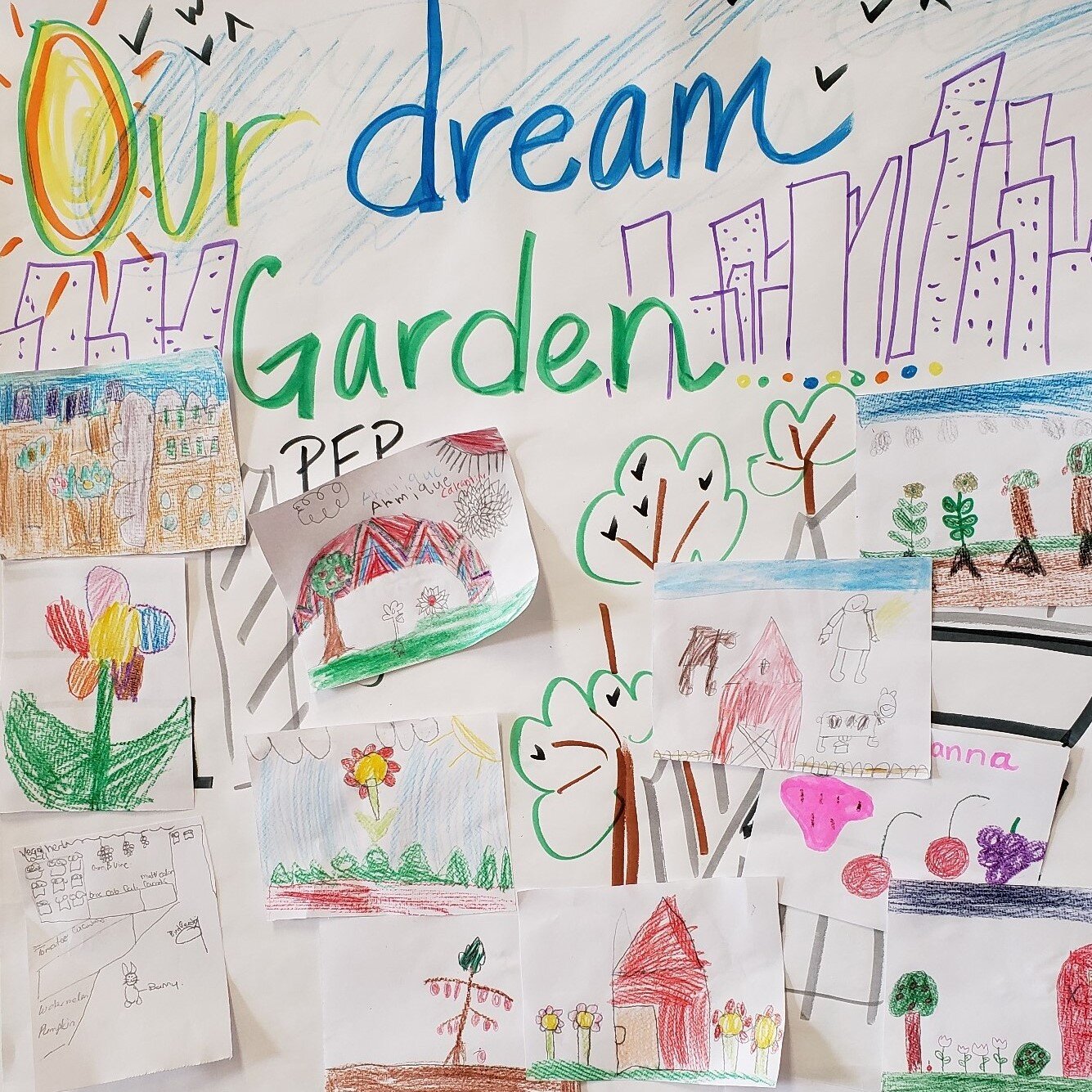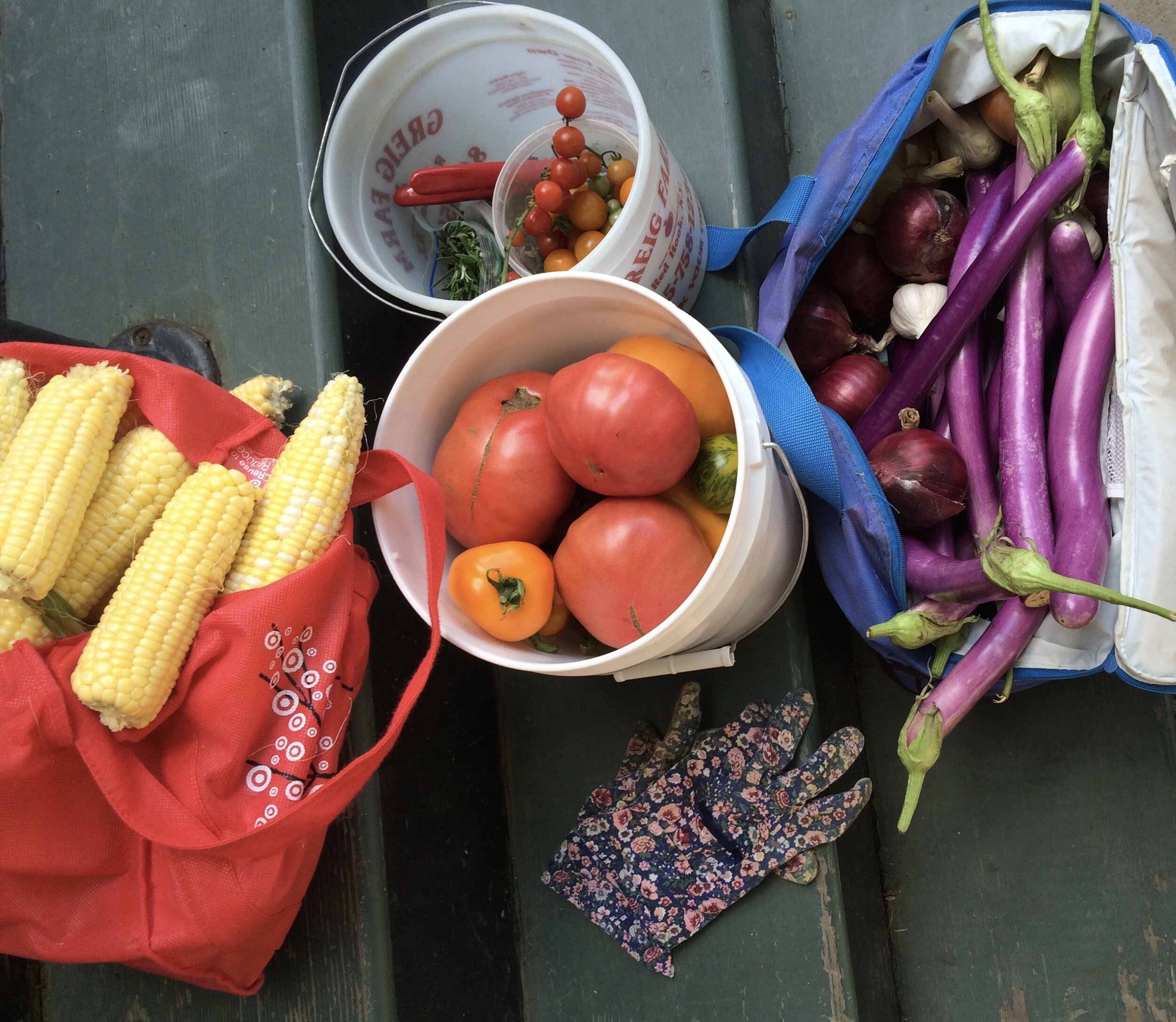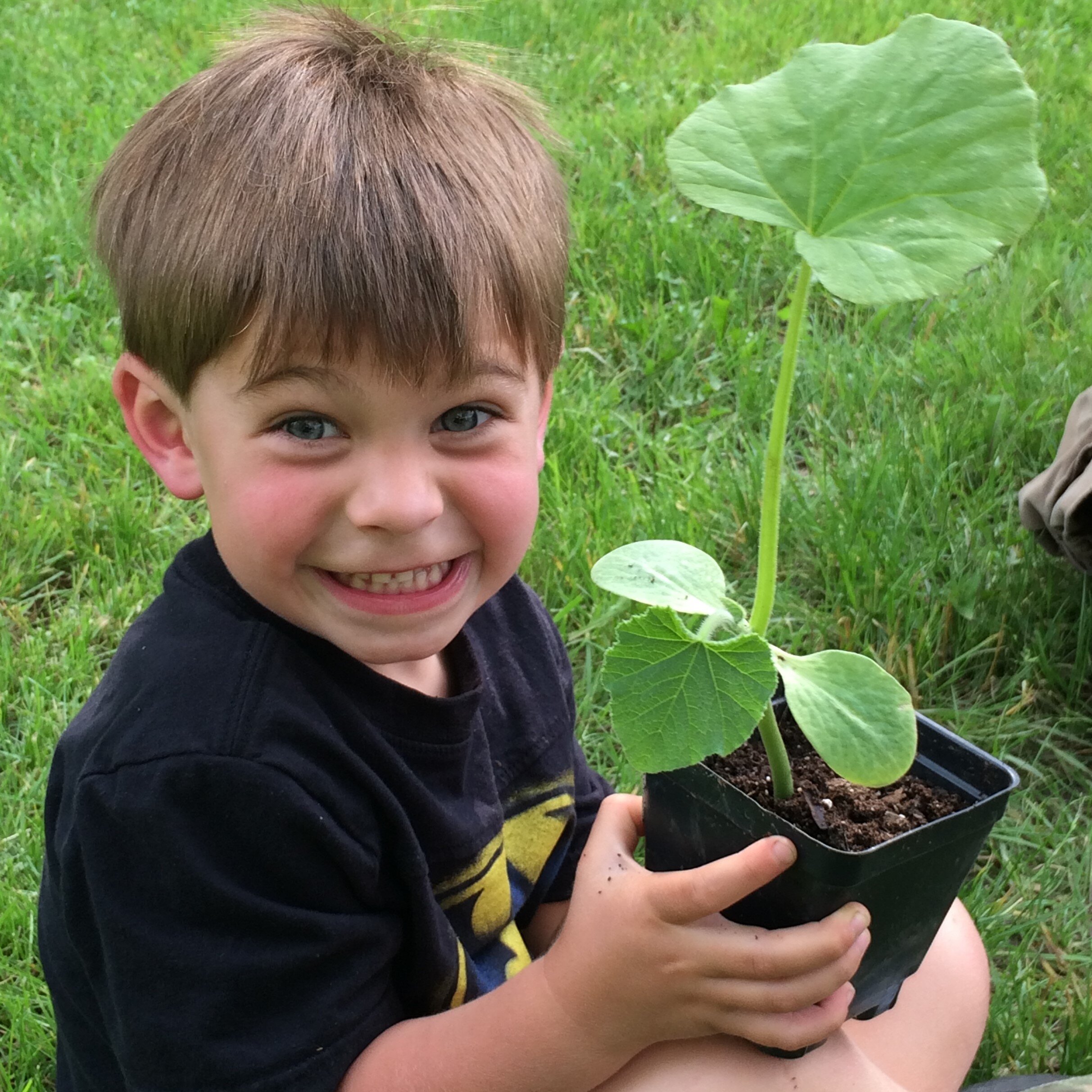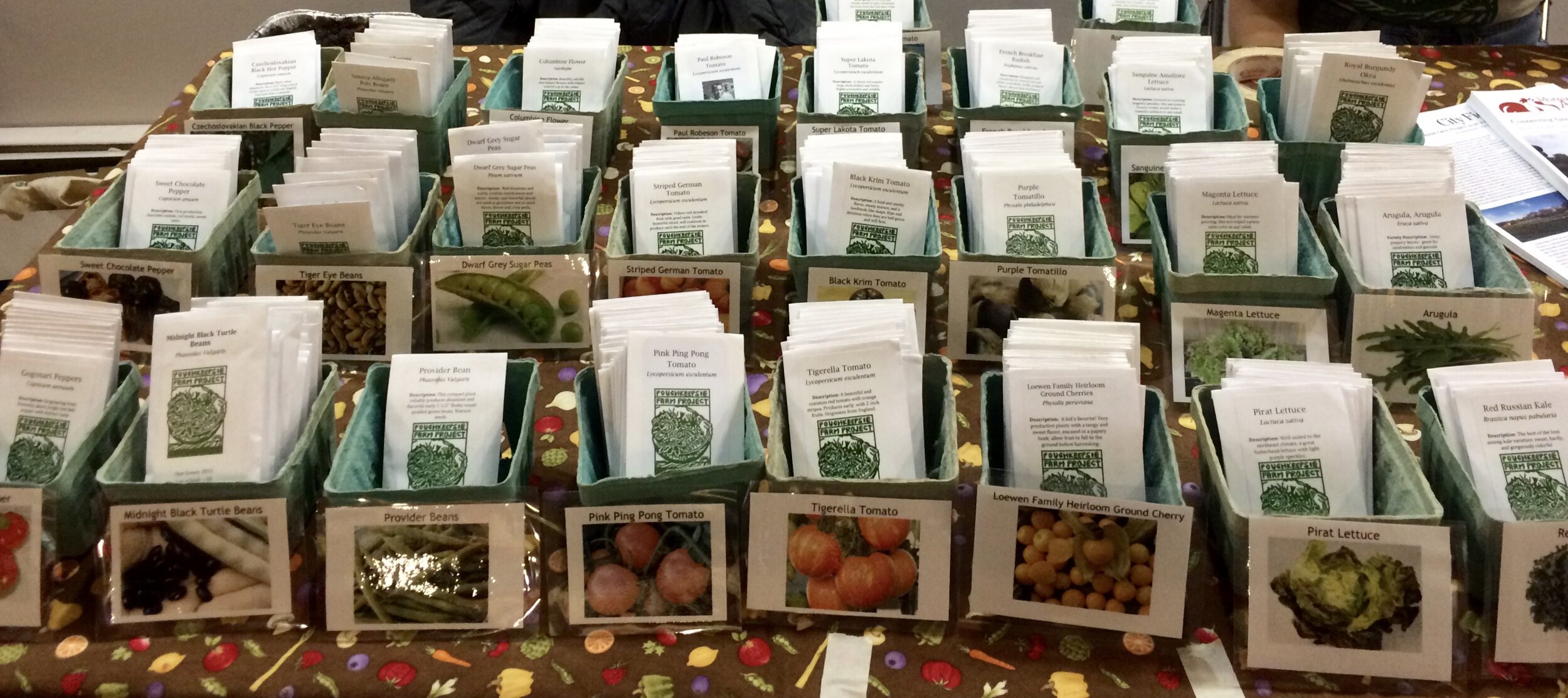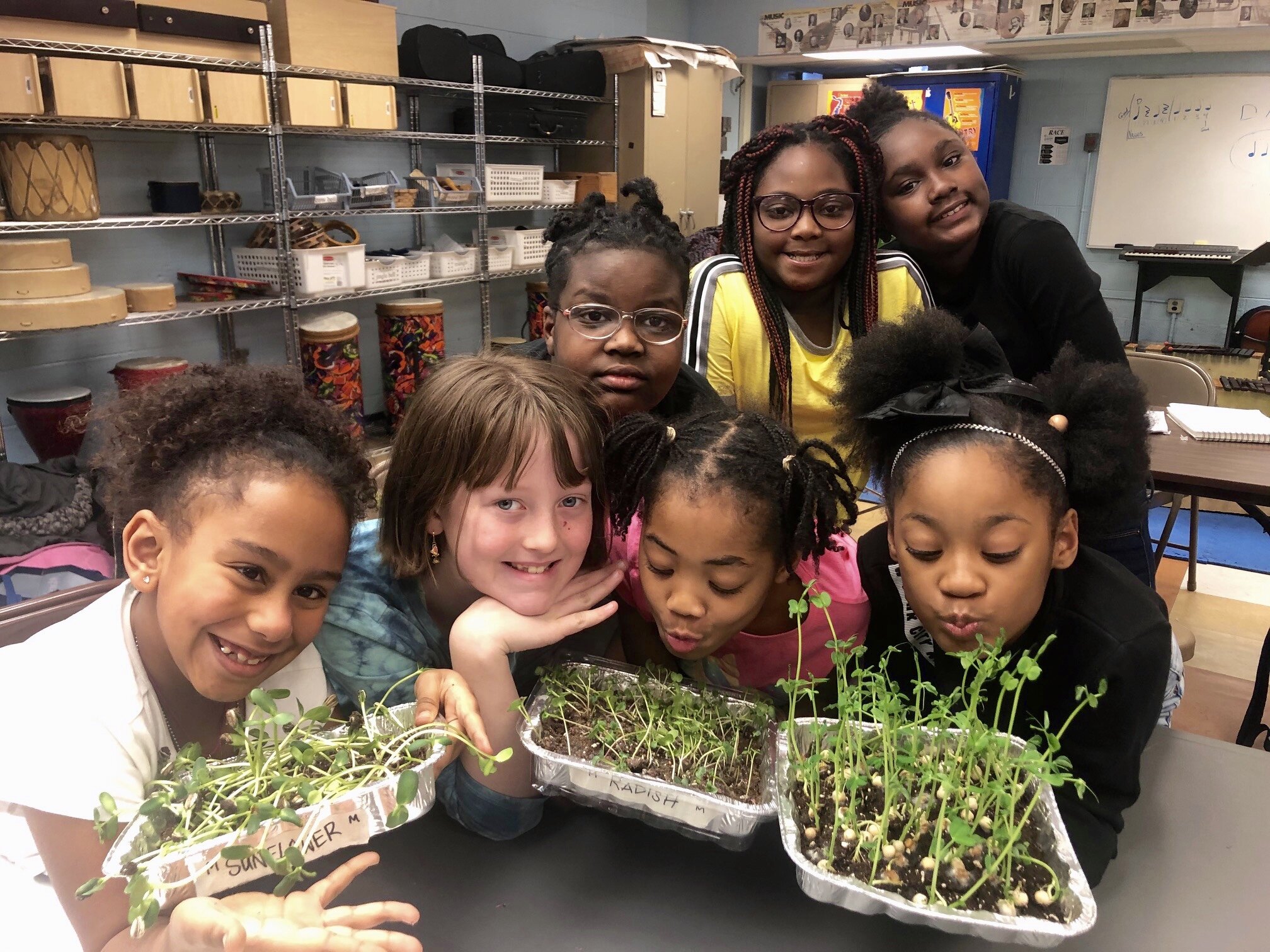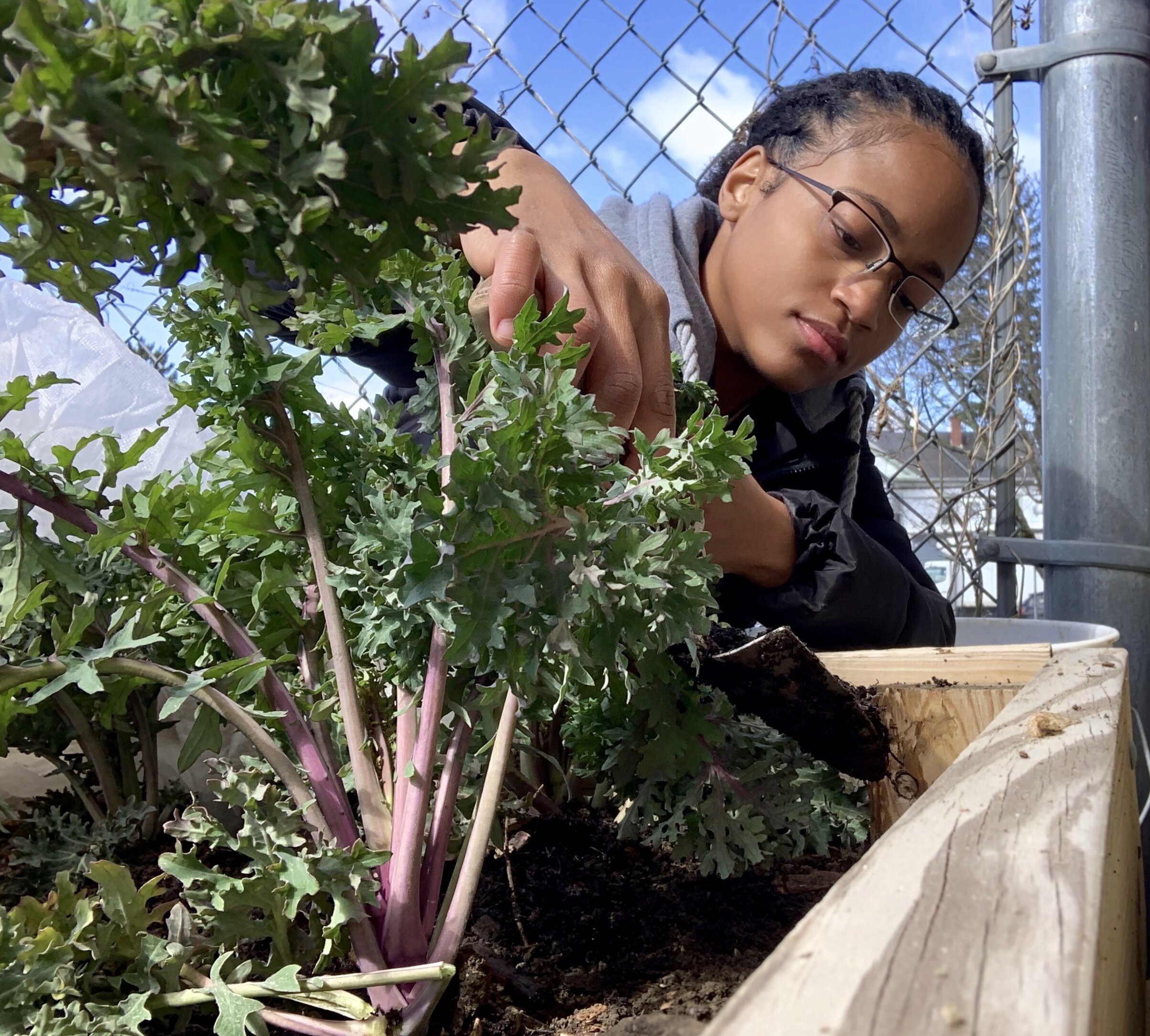By Kathryn B. and Caitlin, PFP intern
What are Victory Gardens?
The simple definition would be the planting of gardens by citizens to grow fruits, vegetables and herbs for their own sustenance in order to ration the canned food for the soldiers at war. This movement began during World War I and was soon practiced by many Americans as a way to survive, by using any available space to grow food. More than just that, these gardens were seen as a symbol of patriotism and safeguard during the war, boosting the morale of both troops and citizens as they contributed their labor to the cause and had the reward of fresh produce for their families. With almost 20 million gardens planted around the country, these gardens became a normal, everyday activity performed by many Americans during both World Wars.
Victory gardens were also a way for communities to work together to keep everyone fed as they tried to make ends meet on their canned rations. You may have heard of the idea of “Grow a Row”, or growing an extra row of food to donate to a food bank, or to a neighbor that may be overworked, out of work, or without the time or space to grow their own food.
Why grow one now?
The reasons may be different today, but we think we should all bring back the idea of Victory Gardens for a number of important reasons.
With the necessity of social distancing, growing your own food results in less need to leave your home and risk your health. Having your own garden means an economical grocery list and the ability to offer different and nutritious fresh vegetables, fruits, and herbs for your family. A home-grown garden also requires a fair amount of time and effort, giving the feeling of doing something helpful and positive and some much needed physical activity. Growing your own food and becoming self-sufficient during a pandemic, such as COVID-19 can be very valuable. No matter how small the space, whether you live in an apartment or on a farm, gardening is for everyone.
Gardening not only provides fresh vegetables, fruits, and herbs, but it is an activity that the entire family can participate in together. Victory gardens can promote sustainability, self-sufficiency, healthy eating, and community building. Much like the school gardens that have been created in the Poughkeepsie area, they can transform an empty space into something new that can help promote food sovereignty and food justice for everyone in your community. Additionally, gardening promotes sustainability because you have access to fresh food right in your own yard, and can conserve the many resources used to truck food across the country.
Victory gardens, school gardens, and home gardens all are easy to set up with a few tools and materials. People are buying seeds more now than ever to start up their own home garden. If seeds are planted now, there will be enough surplus to preserve food for the Winter months ahead and ensure your supply of healthy vegetables year round!
Now, some gardening Q & A :
What do you need to get started?
Most fruits and vegetables require an area that gets 8 hours or more of sun. Find the sunniest spot in your yard or balcony, and determine what kind of container you can fit there. Many plants can be grown in a pot, or even recycled buckets and other containers. You may be able to do some form of vertical gardening, or hanging planters, too! If you need to garden on a windowsill, you can still do many herbs, miniature varieties of vegetables, and a PFP favorite, microgreens!
f you have a lot of space but aren’t sure about your soil, you may want to build raised beds. Common sizes are 4x4 feet or 4x8 feet, or a narrower 3 foot width if kids will be helping you harvest. The basic form would require lumber, or another material as the frame, and soil to fill them, and some tools to put it together.
Lastly, you’ll need seeds or seedlings to plant!
Where to get seeds and plants:
Well, you’re in luck! PFP has a yearly plant sale coming up, and we also have a seed bank that we sell seeds from. There are many other reputable seed companies out there, and you can find varieties that do well in the Hudson Valley from regional companies like Hudson Valley Seed Co., Turtle Tree Seeds, Fruition Seeds, or TrueLove Seeds!. If you are buying a seedling to transplant, make sure to inspect it for any signs of stress or disease like wilting, brown leaves, or signs of fungus or pests. You don’t want to introduce diseases into your garden!
What to grow?
Grow what you will eat! Fruits, vegetables, or even grains if you have the space. There is a huge variety of options for the Hudson Valley. A few of my favorite container options are peppers, greens, beans, tomatoes, eggplant, herbs, strawberries, and carrots. I’ve also done things as large as squash or potatoes in pots successfully!
What to keep in mind?
Growing something new is an adventure and an experiment! We learn new things all the time as gardeners - it’s part of the reason I love it. Sometimes your plants may not all make it, and that’s normal, don’t be discouraged. However, many issues can be fixed if you pay close attention to what the plants are telling you, so make sure to check on your plant “babies” every day if you can - besides, it’s something to do! That first taste of home grown produce will be worth it.


